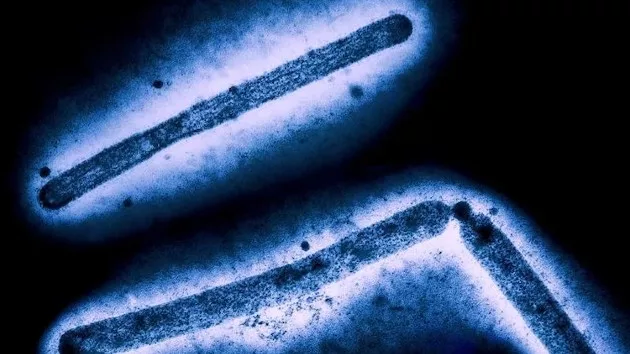(Photo courtesy of Washington State University Eldon S. Floyd College of Medicine)
Doctors might soon have a tool to help them detect a sign of autism in young children with the help of researchers at Washington State University.
The pupils of your eyes change size depending on light levels – called Pupillary Light Reflex – which happens pretty quickly, but Doctor Georgina Lynch with WSU’s Eldon S. Floyd College of Medicine says they noticed kids with Autism Spectrum Disorder had quicker pupil constriction with bright light and that their pupils were slower to readjust.
Lynch says the younger they can detect autism, ideally between 18 and 24 months old, which is a key period of brain development, the sooner they can begin difference-making interventions. “It can mean the difference between the child obtaining verbal speech or not in some instances as well,” Lynch says, “so, the sooner we intervene, the more optimal the outcome is in terms of treatment.”
Lynch they’ve created a prototype tool based on one used for stroke patients in the ICU that can give real time pupil reflex measurements. She says it is not an autism diagnosis, but it’s a tool doctors say would give them more confidence that further testing is needed to determine if a child does, indeed, fall on the autism spectrum.
Lynch says they’ve even created a start-up company, Appiture Biotechnologies, which she says will be necessary to build, market and sell the devices once they’re ready to go. The goal is to have them widely available to doctors by 2024.
You can learn a whole lot more in Ryan Harris’ interview with Dr. Lynch below:





